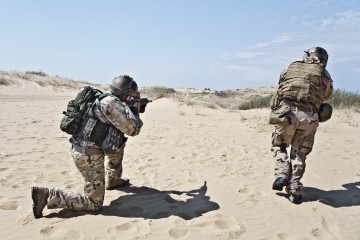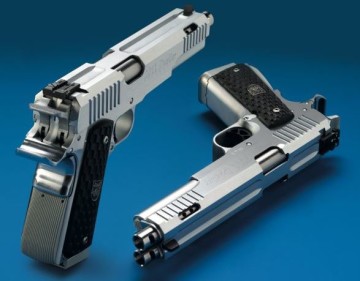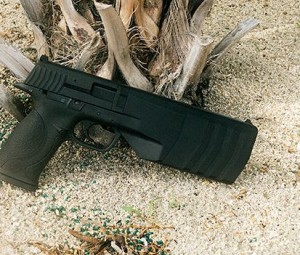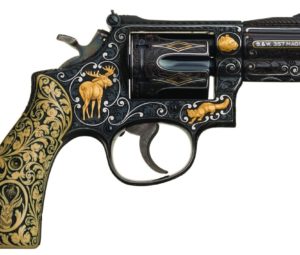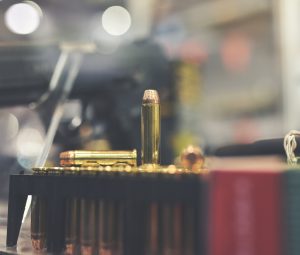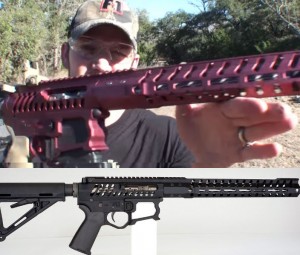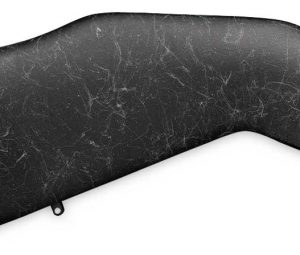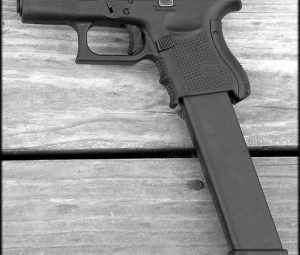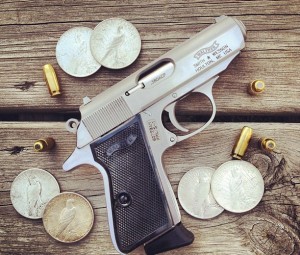Replacements still pending for the current Modular Handgun System (MHS)
3 pistols the DOD is considering for U.S. military personnel
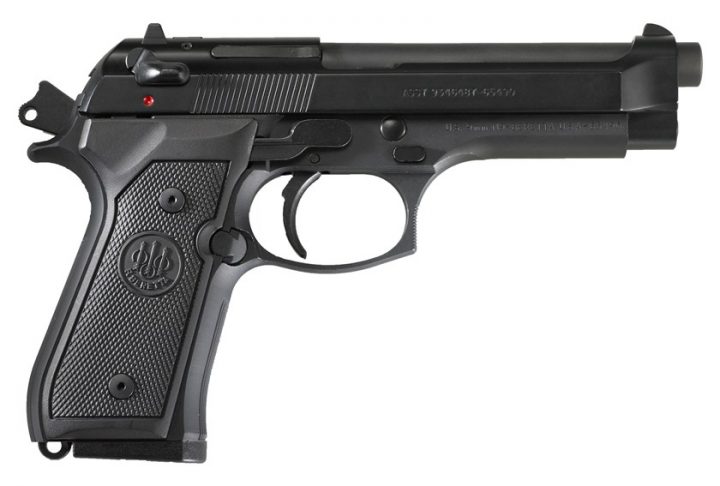
The Department of Defense is on the brink of deciding which three pistols will be the new sidearms outfitted on military personnel in the U.S. Army, Navy, Air Force, and Special Operations Command (USSOCOM).
According to Popular Mechanics, one of the three finalists could go on to outfit all of the services with total sales of 500,000 handguns. Pentagon bureaucracy is hampering the process, however.
$17 million is being invested into replacing the current Modular Handgun System (MHS), which is the antiquated Beretta M9 handgun. The pistol was released in the 1980s and is virtually obsolete. Moreover, the M9 hasn’t kept up with the latest advances in pistol technology.
Requirements of updated MHS
The new handgun must first and foremost surpass the M92 in accuracy, reliability, ergonomics, durability, and maintainability. The handgun scored the lowest in a 2006 report on U.S. infantry weapon reliability when measured in performance against the M4 carbine, M16 rifle, and M249 squad automatic weapon.
The M9 ranked the worst – or tied for worst – in regards to handling, accuracy, and maintainability. 26 percent of soldiers surveyed reported that their weapon jammed while shooting at the enemy. 46 percent were reported as not having confidence in their pistol’s reliability.
The MHS will also integrate new advances in infantry small arms. The pistol will have a “modular grip system, a recent development that involves interchangeable, different-sized grip panels to accommodate larger or smaller hands.” This is becoming an increasingly important feature since the number of women in the military has jumped 50 percent since the 1980s when the M92 was used in the service.
The pistol will have an integral MIL-STD 1913 Picatinny Rail underneath the barrel, facilitating the attachment of gadgets, such as flashlights and lasers. It will also consist of a threaded barrel to allow use of a suppressor, and it should have low recoil.
What industry sources reveal
Industry sources at the Special Operations Forces Industry Conference (SOFIC) in Tampa, Florida, told IHS Jane that there are 12 bidders for the contract, including the Beretta APX, Ceská Zbrojovka’s CZ P-09, FN Herstal’s Five-Seven Mk 2, General Dynamics Ordnance and Tactical Systems (GDOTS) and Smith & Wesson’s M&P polymer handgun; the Glock 17 and 22; and Sig Sauer’s P320. A modernized version of the M9, the Beretta M9A3, was rejected by the Army, making it exempt from the competition.
The caliber of the final selected pistol is still undecided. Nine millimeter and .40 Smith & Wesson are the top favorites, with FN’s 5.7-millimeter pistol in the running, shooting a bullet that hadn’t been invented when the M9 was initially fielded. The 45 ACP round, used for numerous years with the M1911A1 pistol, has a heavy recoil, making it unsuitable.
The selection process is moving quite slowly with no help from the Pentagon’s bureaucracy. The MHS program began in 2015 and three semifinalists will be chosen in August. Following that, a 9-month evaluation process will happen. Once those phases are complete, a winner will be decided and the firearm will go into “low rate production,” meaning it will be a minimum of 13 months before the military will see any of the handguns.
Bureaucratic red tape stalls MHS replacement
Red tape has made for a complex process that has even drawn complaints from the Army’s top general and Congress. A staggering 350 pages outlines the MHS’ requirements. Senator John McCain deemed the handgun selection process as “byzantine,” and Army Chief of Staff General Mark Miley complained in March that it’s not like this is about “figuring out the next lunar landing. This is a pistol. Two years to test? At $17 million?” The general exaggerated that he could buy $17 million dollars worth of handguns in a Cabelas store for every person in the military.
The final three handgun picks for the MHS are reportedly lucrative in the U.S. civilian market, especially the Glock 17, which is owned by millions.


